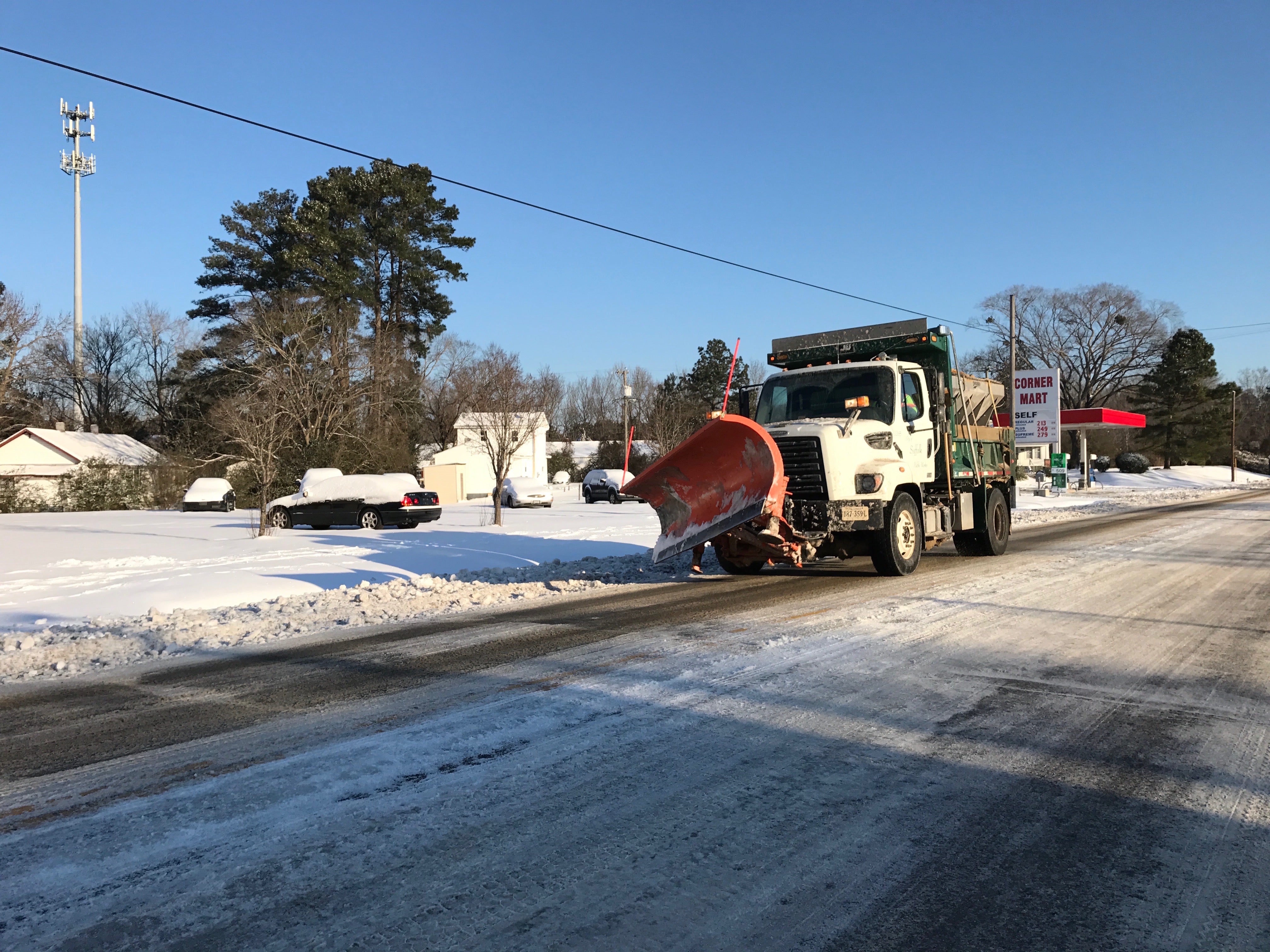Early education pivotal in Suffolk
Published 2:18 pm Monday, March 1, 2010
In an Early Start classroom at Elephant’s Fork Elementary School, a classroom full of children gathers around two different stations.
The students, mostly 4-year-olds, are mixing baking powder, eggs, melted butter and M&Ms.
“It moves!” exclaims one student, upon seeing the melted butter. He compared it to a stick of butter straight from the package nearby.
That is exactly the kind of connection teachers Kim Petrasek and Mary Coburn are looking for.
“That’s right,” Petrasek said. The students are making mini M&M muffins, after having story time with the book “If You Give a Moose a Muffin.”
Not surprisingly, the students were studying the letter “M.” Along the way, they learned to make connections, predict what happens next in the story, work as a team and even crack an egg.
Petrasek and Coburn’s class is one of 24 Early Start classes in Suffolk Public Schools. The program began in 1995 after the division did a strategic study of early intervention methods.
Though it began with five classes, the program ballooned to its present number largely in the past decade. More and more, educators and parents were realizing that preschoolers could be expected to know more than just the alphabet — and those who didn’t were falling behind.
“Ten years ago, parents thought if their kid knew how to sing the ABCs [by the time he got to kindergarten], they are in good shape,” said Bonnie Maki, parent relations facilitator with Suffolk Public Schools. However, kindergarteners now are expected to be able to identify letters and the sounds they make, point out rhyming words, make predictions, have conversations with adults and other children, write their first names without help, perform basic housekeeping chores, make simple choices, leave their parents without crying and many other tasks.
The Early Start program has become more and more popular in the school district. More than 500 children applied to enter the program in fall 2009.
“It’s a really big benefit to Early Start children,” Maki said.
Children who do not attend any kind of early education program before kindergarten almost always are behind the curve when they arrive at kindergarten, said Pamela Connor, coordinator of elementary instruction services for the school division.
Therefore, the school offers a summer program for rising kindergarteners who have never attended preschool — a 20-day crash course in kindergarten readiness.
The summer program is offered at no cost to parents, but it does not replace a traditional preschool program or Early Start. For starters, children with potential learning disabilities miss out on the benefits of early diagnosis.
“If we don’t catch them now, it’s just going to be harder and more expensive to fix,” Connor said, adding the program’s effects likely can be traced to dropout rates and special education diagnoses later in the school system.
Petrasek and Coburn’s classroom is one of the “blended model” classrooms within the Early Start realm. The classroom contains some regular education students (“role models”), and some who have been identified as special education candidates.
“We saw the need for a special education program not identified as special ed,” said Veleka Gatling, principal of Elephant’s Fork Elementary School. “There is an increased emphasis on releasing some of the stigma.”
The blended-model classroom works on the theory that the role models will help bring their peers up in social, academic and emotional maturity — and it works, Petrasek says.
“I think the benefit with a blended classroom is that kids who may be leaning special ed get some early intervention they may not otherwise get,” Petrasek said. “It helps to lower special ed numbers.”
Conversely, the blended classrooms also help the role models, Petrasek said. Children who are around special education students that early in life are not frightened around them like many other children.
“Everybody has a job every day,” Petrasek said, referring to students in her classroom having specific chores. “If you have a child who cannot do his or her job for that day, another child may step in and help. It’s raising awareness in disabilities.”
Coburn, Petrasek’s co-teacher, agreed.
“They try to help their peers,” Coburn said. Petrasek is a regular early education teacher, and Coburn specializes in special education. “They bring each other up.”
One father who is disabled himself even has been volunteering in the classroom, Petrasek said.
“We really are big on getting them in there,” Petrasek said of parents. “A lot of our parents don’t always have a good memory of school.”
In another classroom, Gatling said, a child who is deaf inspired his regular-education peers to learn sign language. One child even asked her mother for sign language classes so she could learn to communicate with him.
“It’s been great in that regard,” Gatling said. “They enjoy it, because they’re not just getting an academic experience but a social experience as well. They enjoy the fact they’re in a classroom that’s blended.”
The Smart Beginnings organization has been a big supporter of early education in Suffolk, Maki said. One function of the organization is to bring the five Southside school divisions together to make cohesive decisions on what rising kindergarteners should know, so that children whose families move do not fall behind.
“It is the community all working together,” Maki said. “You can really see the difference.”
Though some public and private grants have come Suffolk’s way to expand the Early Start programs, looming budget cuts threaten to prevent the expansion of the program in coming years.
The teachers, however, hope that doesn’t happen. They have seen the difference it makes.
“We can up the expectations of preschoolers,” Petrasek said. “They have to be able to make those connections.”



